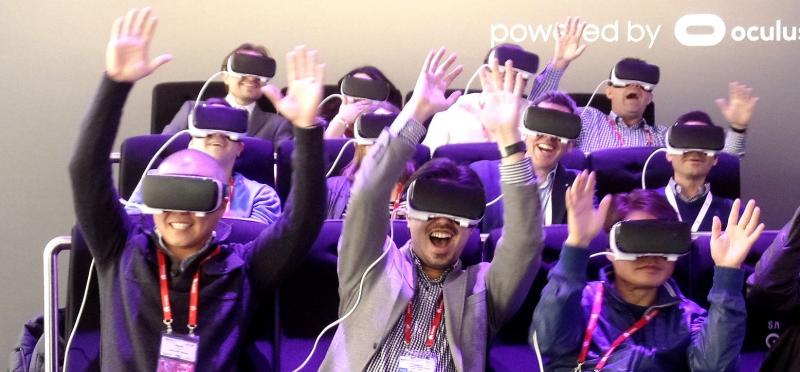Observations From Mobile World Congress From A B2B Perspective

Photo: Bergman
This year’s big technology themes at Mobile World Congress (MWC) can be summarized as big data, Internet of Things (IoT), 5G, and virtual/augmented reality (VR/AR). These themes will be important for B2B players and especially for revolutionizing customer experiences, optimizing industrial and operational processes, and boosting service enhancements. My recently published report, “Brief: Observations From Mobile World Congress That Will Shape Your B2B Digital Transformation,” summarizes our observations from MWC 2016 and the key takeaways for developing B2B digital transformation strategies. We observed that:
- The main MWC themes are increasingly intertwined. VR and AR will enhance user experiences on mobile devices and expand mobile moments. Big data will provide context-based, and more relevant, insights and use cases — including for VR and AR solutions.
- Mobile data is driving digital customer experience. Enterprise apps are increasingly integrated with business processes. In turn, enterprise apps help generate data-derived insights from mobile objects and devices. This will help transcend app silos to generate a single view of the customer who benefits from a better end-to-end user experience.
- Bigger is not necessarily better. MWC feels near its zenith in terms of visitor numbers and industry impact. In 2016, nearly 101,000 attendees from 204 countries made it to MWC — more than ever. Yet, for business users MWC still falls short of translating mobility into tangible business benefits for digital transformation.
Mobility Is Central To Your B2B Digital Transformation
B2B mobility follows other dynamics beyond consumer mobility. Enterprises can learn from the mobile consumer segment only up to a point and must define their own strategies. Mobility in the industrial context is not about buying a great mobile or social experience. Industrial companies deploy mobility for outcomes such as rapid innovation, lower energy consumption, faster cash cycles, or to drive employee productivity. MWC16 was a useful reminder of the differences between B2B and consumer mobility, whilst highlighting the enormous ongoing influence consumerization has on B2B. Between now and MWC17, we expect that the trends as outlined in this brief will:
- Trigger improved digital transformation support beyond technology discussions. Mobility vendors need to take more of an outside-in perspective, seeing the world through the eyes of their customers and explaining in more detail why and how mobility will help their business. These vendors need to use a different language, paint more detailed use case scenarios, suggest business process adjustments, and provide better support for their customers with business model transformation. MWC16’s mantra that “mobile is everything” provided too few transformation process management-focused discussions to help businesses prepare for the impact of mobility on their business processes and business models. To build on Einstein’s words, business leaders and CIOs can't solve tomorrow’s problems by using the same kind of thinking they used when they created them.
- Help CIOs become better business enablers. At MWC16, the existence of two camps of CIOs was still evident. One included CIOs who focus on fine-tuned customization and self-selection of best-of-break hardware and software, and one must ask whether these CIOs can turn their engineering expertise and sophistication into actual business advantages. Another camp of CIOs is asking for full-stack solutions in which the vendor handles most integration but CIOs still manage solutions. We expect CIOs and CTOs to rediscover the third approach of managed services or outsourced solutions, which allows them to free up time and resources and get access to scare digital expertise to truly emerge as strategic planners of their organization’s digital transformation strategy.
